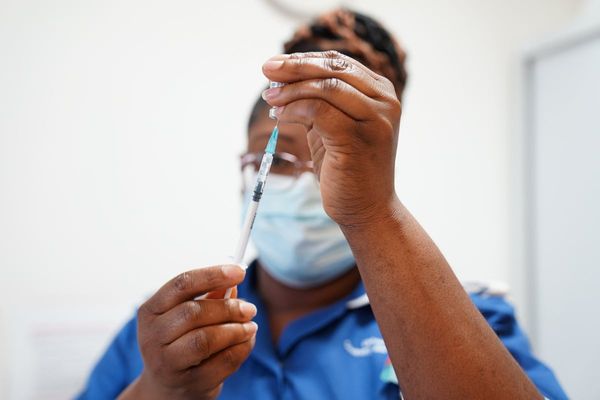
Scientists have devised a new charging protocol for lithium-ion batteries that could double the lifespan of batteries used in smartphones and laptops.
The charging method — which gives devices power with a "pulse current" rather than a "constant current" — can extend battery lifespan by many years, the researchers wrote in a study published March 14 in the journal Advanced Material Sciences.
Lithium-ion batteries are used in everything from electric vehicles (EVs) to portable electronics, but the maximum capacity of these batteries degrades over time. The longer they are used, and the more charge cycles they undergo, the less charge they hold.
The batteries in many laptops, for instance, can last up to five years before weakening — or 300 to 500 charge cycles — according to the laptop manufacturer Lenovo. The best batteries, meanwhile, have a service life of up to eight years, the scientists said. These normally have electrodes made of a compound called NMC532 (comprising nickel, manganese and cobalt) as well as graphite.
Related: This tiny radioactive battery can last 50 years without recharging — and it's coming in 2025
A constant current normally charges these batteries, with pulse charging normally used in "fast charging" products. In the study, the scientists charged different batteries with constant current and pulse current charging and measured the batteries' charge capacity.
In constant current batteries, the electrolyte interface at the anode — where there is an exchange of electrons between the electrolyte material and the positively charged electrode — was significantly thicker. This limited how much charge it could hold. There were also more cracks in the NMC532 and graphite electrodes, which reduced battery charging capacity.
Pulse current, on the other hand, increased the number of charging cycles a battery could undergo from approximately 500 cycles for constant current to more than 1,000 cycles. The pulse current charging performed better because the rest periods between the supply of current allowed the materials to rest.
"These findings offer insights for optimizing the charging protocols of nowadays LIBs [lithium-ion batteries] and beyond during service life and more broadly for the advancement of future battery technology," the researchers wrote in the paper.
The findings align with previous research. In 2023, Josefin Strandberg, professor of particle physics at the KTH Royal Institute of Technology in Sweden, published a paper that found lithium-ion battery health improved when using a pulse current-based charging protocol.







